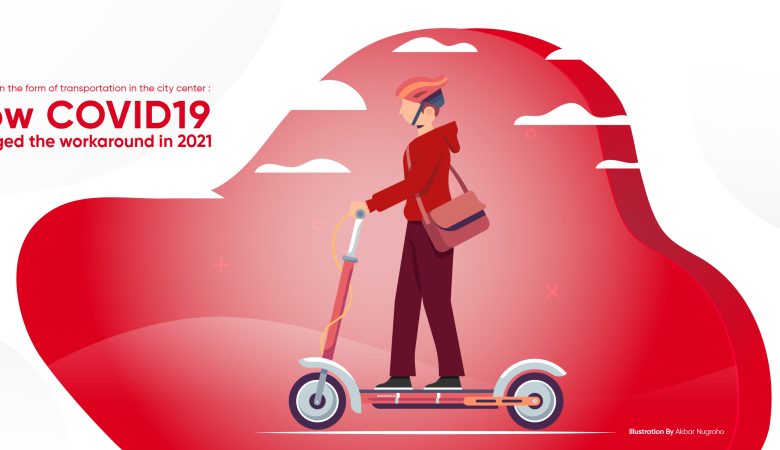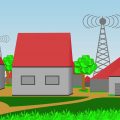Risks highlighted by the COVID19 pandemic include congestion, port and terminal delays, owners and operators, and on top of them. In some areas, significant delays at ship ports can occur through the summer of 2021. Thanks to the introduction of the coronavirus vaccine, the world economy is slowly starting to recover from the pandemic.
However, COVID19 left behind a very devastating economic problem: the collapse of the global supply chain. The rapid spread of the virus in 2020 has reduced consumer demand and reduced industrial activity while industries around the world were closed and most of us were blocked.
As lockdowns have lifted, demand has rocketed. And supply chains that were disrupted during the global health crisis are still facing huge challenges and are struggling to bounce back.
This has led to chaos for the manufacturers and distributors of goods who cannot produce or supply as much as they did pre-pandemic for a variety of reasons, including worker shortages and a lack of key components and raw materials.
This year, TomTom Traffic Index is telling one of its most interesting and detailed yearlong stories, about how we move in our cities and the impact traffic has on them. Before the pandemic hit, TomTom Traffic Index told a seemingly unchangeable story. This isn't the fault of location tech companies, but it's the result of tracking and reporting a world that should grow exponentially in terms of traffic.
This year's edition is TomTom's 11th traffic index, but many previous editions share a similar story each year. That is, traffic is increasing and congestion is getting worse. For the first nine editions of the Traffic Index, the data showed that congestion increased by an average of about 23 years worldwide. But when COVID19 occurred two years ago, this trend was reversed, as the last two editions of the TomTom Traffic Index show.
Two ways the pandemic is reshaping our city
When traffic returns to our city, it's back in a different way than it was when it left. Two things appear to have happened: we now favor private transport more than before, and traffic density is spreading out throughout the day.
Due to the pandemic, public transport lost its allure as many opted for socially distanced forms of travel. Cities like New York, USA, Paris, France, and London, UK, took the opportunity to build new cycle lanes and low traffic neighborhoods to promote e-scooter and bicycle use.
Low emission zones, a way of keeping the most polluting vehicles from city centers, have become a hot topic too. While these strategies have contributed to some reductions in traffic within cities, the interurban movement has continued to be an issue for congestion.
Many interurban travelers appeared to prefer their own private cars over public transport, most likely for their relative safety and isolation during the pandemic. This led to sharp increases in congestion in cities when lockdown restrictions were lifted, and people had a reason to leave their homes. For example, in September 2021, traffic in Paris, France, was 10% higher than it was in September 2019.
With many of us choosing to work from home, we were gifted the opportunity to do more online shopping and be at home to receive our packages when they were delivered. While this reduces traffic in one sense, as we`re not traveling ourselves to go shopping, it increases traffic in another sense. According to TomTom, one of the reasons traffic is widespread throughout the day is due to online shopping habits.
The increase in traffic indicates that the city is economically reopening and recovering, but the spread of traffic is a slightly different form, but another indication that the regional economy is recovering. It is an index.
In some countries, such as the United States and the United Kingdom, urban traffic has become more dispersed throughout the day, while peak hours have decreased. “This can be partially explained by the e-commerce boom,” said Ralf Peter Schäfer, TomTom's Vice President of Travel and Traffic. "The COVID19 crisis has acted as a catalyst, accelerating the pace of change in our way of consumption. The Last Mile sector is undergoing a major transformation, driven by increasing demand from customers demanding faster or same-day delivery and return options.
What will happen in the future?
If drivers prefer private cars to public transport and traffic returns to our city, the solution is not to add more roads. Building roads does not alleviate congestion, but it can cause more congestion.
After the blockade of the global coronavirus, the future needs to be more thoughtful and wise. Environmental zones, low-traffic areas, and improved cycling infrastructure all have a positive impact on the city. Indeed, the challenge city planners now face is knowing where to build this infrastructure for the best effect, and how to track its performance and show that it`s had a positive impact on congestion and emissions.
Thankfully, companies like TomTom provide data for both ends of this equation. Using sensor data from vehicles and GPS devices, we can see how roads are used in real-time. The company's Traffic Index is proof of that. Monitoring this over time allows us to see the impact that infrastructure changes make.
Schäfer explains the situation, “To achieve a fundamental improvement, the modal split must be changed: cycling, public transit and other modes of transport must take a larger sharing in transportation. Such redirection is a political task that requires both high investment and bold political decisions – and it takes time.”
Author: Diva Maharani | Illustrator: Akbar Nugroho





